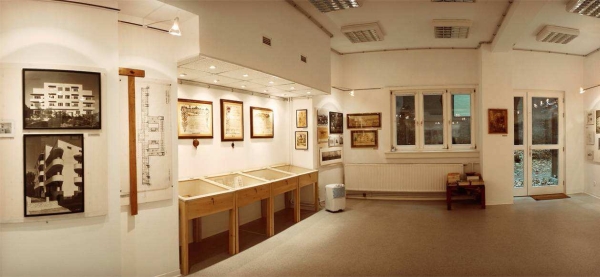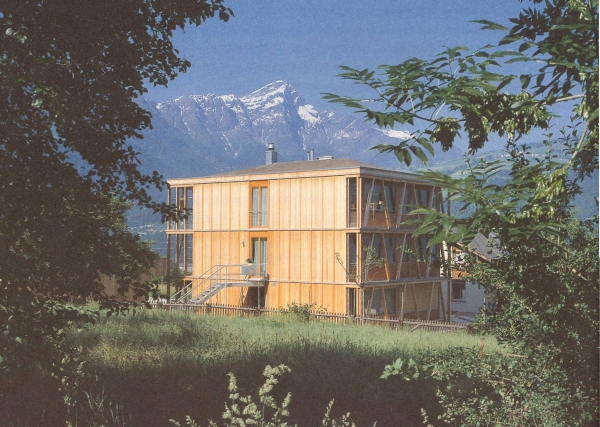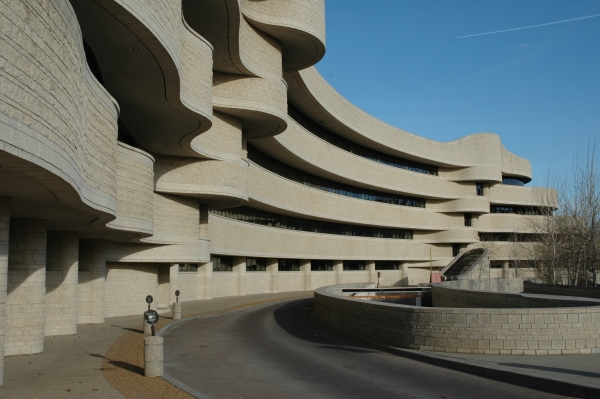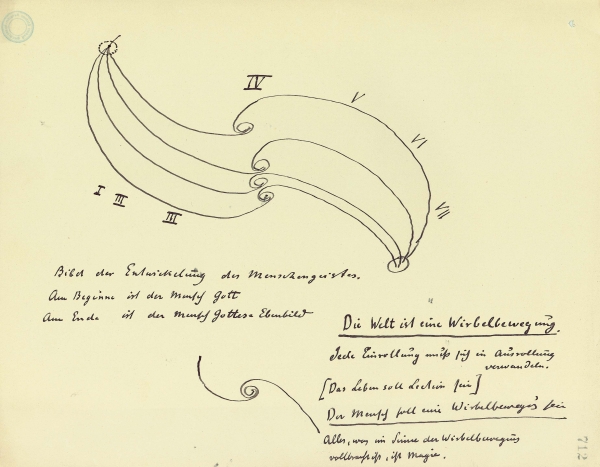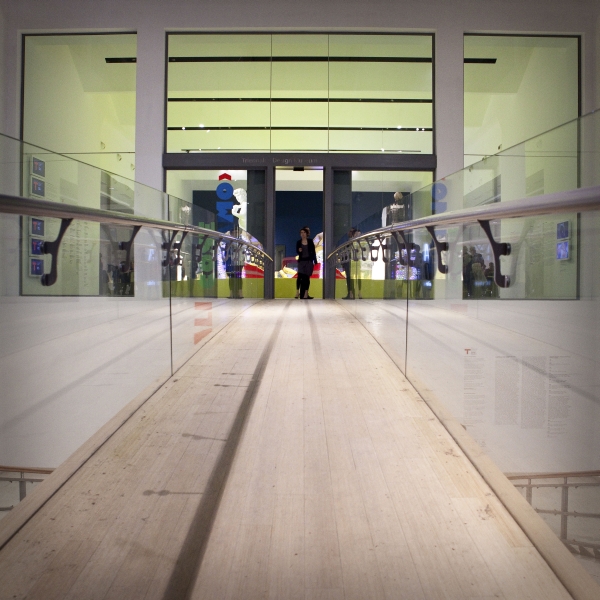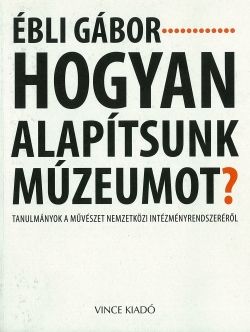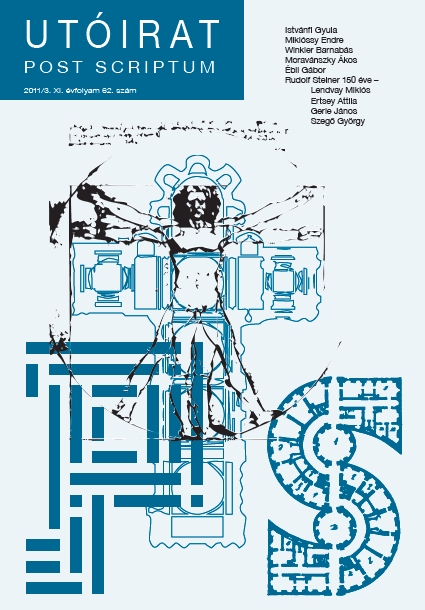Vannak-e a falunak ├®p├Łt├®szeti hagyom├Īnyai? Ha vannak, milyen el┼æt├Črt├®net hiteles├Łti azokat? Milyen jellemz┼æi vannak, amelyekr┼æl felismerhet┼æek? Mi k├Čze van az ├Īltal├Īnos n├®phagyom├Īnyokhoz, ├®s a gondolkod├Īshoz? Mi├®rt ker├╝ltek ezek a hagyom├Īnyok veszend┼æ ├®s m├Īr-m├Īr megtagadott ├Īllapotba? ├ēs egy napjainkra jellemz┼æ k├®rd├®ssel…
A k├Čz├®p keres├®se
Meggyesi Tam├Īsnak ez a tanulm├Īny-gy┼▒jtem├®nye v├Īzlatos ├Īttekint├®s f├®l ├®vsz├Īzados, nagy kiterjed├®s┼▒ ├®letm┼▒ve f├Čl├Čtt, amelynek a summ├Īzat├Īt, ├║gy hiszem, megadta ├Łr├Īsom c├Łme. A k├Čnyv legnagyobbr├®szt egy urbanista ŌĆ×k├╝ls┼æŌĆØ k├Čzel├Łt├®se a ŌĆ×k├Čz├®phez.ŌĆØ ┼É azonban fontosnak tartotta, hogy besz├®ljen a bels┼æ k├Čzel├Łt├®sr┼æl is…
Elt┼▒n┼æ ├®rt├®kek nyom├Īban ŌĆō ├®p├Łt├®szet ez isŌĆ”
A sz├Čveg szerkesztett v├Īltozata Winkler Barnab├Īs sz├®kfoglal├│ el┼æad├Īs├Īnak, amely a Sz├®chenyi Irodalmi ├®s M┼▒v├®szeti Akad├®mi├Īn, az MTA Felolvas├│terem├®ben, 2010. m├Īrcius 8-├Īn hangzott el. Winkler az ├®rt├®kment├®s ├®s az ├®p├Łt├®szet kapcsolat├Īr├│l sz├│l, saj├Īt ├®let├║tj├Īr├│l ├®s arr├│l a tev├®kenys├®gr┼æl, melyet a HAP Gal├®ria megalap├Łt├│jak├®nt ├®s vezet┼æjek├®nt…
T├®rdarabok
A Sv├Ījcban ├®l┼æ Morav├Īnszky ├ükos a kort├Īrs sv├Ījci ├®p├Łt├®szet egyik k├╝l├Čnleges ├®p├Łt├®sz p├Īrosa, Valentin Bearth ├®s Andrea Deplazes legut├│bbi munk├Īinak kapcs├Īn ├Łr a regionalizmus, a hely ├®s az ├®p├╝let viszonya, anyag ├®s technol├│gia k├Člcs├Čnhat├Īsa t├®m├Īir├│l. Morav├Īnszky hat ├®p├╝let elemz├®s├®vel jut k├Čzelebb az ├®p├Łt├®szeti gondolkod├Īs alapk├Čveihez.
Rudolf Steiner 150 ├®ve
Az antropoz├│fia megalap├Łt├│ja, a modern szellemtudom├Īny atyja, Rudolf Steiner 150 ├®ve sz├╝letett. Az ├®vfordul├│ra ebben az ├Čssze├Īll├Łt├Īsban t├Čbb ├Łr├Īssal is eml├®kez├╝nk. Lendvay Mikl├│s, a mozgalom Magyarorsz├Īgon megjelen┼æ foly├│irat├Īnak, az Antropoz├│fia c├Łm┼▒ lapnak f┼æszerkeszt┼æjek├®nt foglalja ├Čssze Steiner hat├Īs├Īt korunkra…
Az ├®p├╝let l├®nye
Az ├®p├Łt├®s dr├Īm├Īja maga az antropoz├│fia. Az, ahogyan az eszme megragadhat├│, ahogy egzisztenci├Īt nyer a f├Čldi l├®tben, ahogy a szellem inkarn├Īl├│dik az anyagban, ahogyan egy hely gy├│gy├Łt├│v├Ī lesz, ahogyan egy szoci├Īlis ├Čsszm┼▒k├Čd├®s l├®trehoz egy fizikai burkot, mely miszt├®riumhely, a csal├Īdi ├®let miszt├®rium├Īnak helye.
Az antropoz├│fiai orient├Īci├│j├║ ├®p├Łt├®szetr┼æl
Rudolf Steiner a k├╝l├Čnf├®le szakter├╝letekr┼æl k├®rd├®sekkel hozz├Ī fordul├│k sz├Īm├Īra seg├Łt┼æ ir├Īnymutat├Īsokat adott, az el┼æad├Īsai nyom├Īn az ┼æ gondolkod├Īsm├│dja, az antropoz├│fiai szeml├®let ir├Īnt ├®rdekl┼æd┼æ h├Łvei vagy k├Čzvetlen v├Īlaszk├®nt vagy ├║jabb el┼æad├Īsokban kaptak szem├®lyes impulzust a gyakorlati ├®letben folytatand├│ tev├®kenys├®g├╝kh├Čz.
A mindennapok alk├Łmi├Īja ŌĆō Rudolf Steiner
A 20. sz├Īzad nagyhat├Īs├║ reformere, Rudolf Steiner (1861ŌĆō1925) sz├╝let├®s├®nek 150. ├®vfordul├│j├Īt ├®letm┼▒ve bemutat├Īs├Īval ├╝nnepli a b├®csi MAK. Steiner az ├Īltala alap├Łtott ŌĆ×titkos tudom├ĪnynakŌĆØ mind axi├│m├Īit, mind filoz├│fi├Īj├Īt k├®pes volt a h├®tk├Čznapi haszn├Īlathoz alkalmazni: a Waldorf-pedag├│gia a biodinamikus mez┼ægazdas├Īg…
Fogyaszt├│i vagy kritikus?
Leonardo da Vinci Utols├│ vacsor├Īja, sz├Īmos renesz├Īnsz palazzo, a Pinacoteca di Brera klasszikus festm├®nyanyaga: Mil├Īn├│ sokf├®le kultur├Īlis kinccsel b├╝szk├®lkedhet, m├®gsem tartj├Īk nagy m┼▒v├®szeti k├Čzpontk├®nt sz├Īmon. Ink├Ībb ipar├Īr├│l vagy a nemzetk├Čzi divatban bet├Člt├Čtt hely├®r┼æl ismert. A sz├│ t├Īg ├®rtelm├®ben a design ├®vsz├Īzados hagyom├Īnyokra tekint vissza…
A m├║zeumok ├║j b├Īzisai
Az ezredfordul├│n olyan gyorsan alakul ├Īt a vil├Īg vezet┼æ t├Īrsadalmainak – s a felt├Črekv┼æ gazdas├Īggal az ezek nyom├Ība ered┼æ k├Čz├®pmez┼æny, de az ┼æket kiszolg├Īl├│ harmadik vil├Īg lakoss├Īg├Īnak – ├®letm├│dja is, hogy a tegnap vil├Īg├Īnak t├Īrgyai ├®s m┼▒t├Īrgyai egyre gyorsul├│ temp├│ban le- vagy ├®ppen fel├®rt├®kel┼ædnek. ├ēs ut├│bbiak ker├╝lnek a gazdag vil├Īg…
Catalogue
POST SCRIPTUM
CATALOGUE
Scientific Appendix of Hungarian Architecture
Founded 2001
V├Īrosfigyel┼æ
A v├Īrosfigyel┼æ.hu a v├Īrossal foglalkoz├│ szakemberekb┼æl ├Īll├│ v├Īros-tud├Īs-b├Īzis. A v├Īrosi ├®let kih├Łv├Īsaira reag├Īlva defini├Īlja a legfontosabb, akut probl├®m├Īkat, a koldul├Īst├│l a k├Člts├®gvet├®sen ├Īt a v├Īrosi kutyatart├Īsig. A kiv├Īlasztott t├®m├Īkat t├Čbbf├®le szak├®rt┼æ, t├Čbbf├®le szempontb├│l vizsg├Īlja, mindenki a saj├Īt szakter├╝lete szerinti v├®lem├®nyeket, ├®rveket, t├Črt├®neteket adja hozz├Ī.


